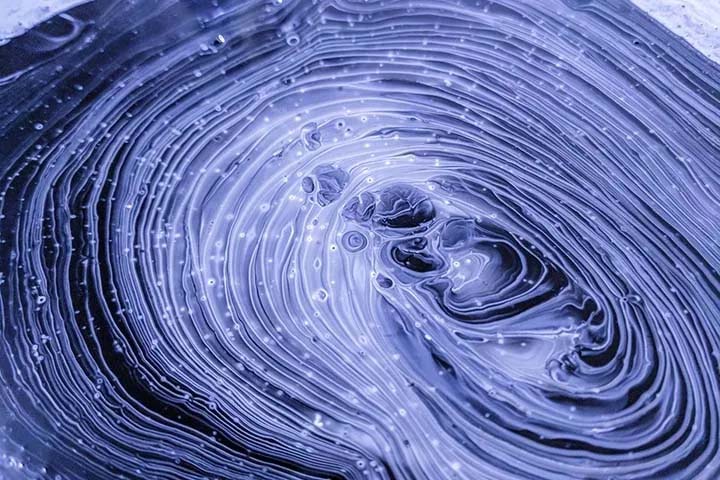As neurofeedback providers, one of the most common questions we get is from people wondering just what QEEG brain mapping is, what it’s for, and how it differs from regular neurofeedback training sessions.
QEEG brain mapping is a tool that can be used to measure and map the electrical activity of your brain. It is typically the first session in neurofeedback training – the one in which we can determine the exact areas of the brain to target with training. This information can be used to help diagnose and treat a variety of conditions.
QEEG brain mapping can be used to investigate a variety of conditions, including:
- Attention deficit hyperactivity disorder (ADHD)
- Mental health issues like anxiety and depression
- Trauma / PTSD
- Traumatic brain injury
- Autism spectrum disorder
- Mild cognitive impairment
- Insomnia
- Dyslexia
- Schizophrenia
- Obsessive-compulsive disorder
In this blog post, we will discuss some of the ways that QEEG brain mapping can be used to improve your mental and physical health!
What is the purpose of QEEG brain mapping?
QEEG stands for “quantitative electroencephalography,” (or quantitative EEG) and it is a non-invasive technique that measures specific brain wave patterns and the amount of various brain waves responsible for things like alertness, sleepiness, and overstimulation. It can be used as a stand-alone assessment tool, or it can be used to determine the course of our neurofeedback training sessions.
QEEG brain mapping can be used to evaluate the effectiveness of treatments such as medication and cognitive behavioral therapy. Ultimately, QEEG brain mapping is a valuable tool that can help clinicians provide better care for their patients, and it’s often used in conjunction with traditional therapy techniques.
QEEG testing can also be used to help improve your mental and physical health. For example, QEEG brain mapping can be used to:
- Identify imbalances in the electrical activity of your brain that may be contributing to symptoms of mental health issues like anxiety or depression.
- Train your brain to function more efficiently (such as in a sports performance context, where the individual is seeking peak performance).
- Improve your sleep quality.
What can you learn from QEEG brain mapping?
By measuring electrical activity at different points on the head, QEEG brain mapping can generate a visual image of our brain activity in various parts of the brain. This information can then be used to identify areas of abnormal activity, which may be associated with conditions such as ADHD or depression.
In addition, QEEG brain imaging can also be used to assess the efficacy of different treatment interventions. For example, by comparing QEEG brain maps before and after treatment, it may be possible to determine whether a particular intervention is effective in reducing symptoms. Ultimately, QEEG brain mapping provides a wealth of information that can be used to improve our understanding of the brain and its disorders.
QEEG brain mapping can also be used to help assess the severity of a neurological condition and to monitor the progress of treatment. For example, QEEG brain mapping can be used to track the changes in electrical activity in the brain of a person with Alzheimer’s disease as they receive treatment. This information can help doctors determine whether a particular treatment is effective.
How can you prepare for brain mapping?
Since the QEEG session is relatively short and painless (usually under one hour), there isn’t a lot of preparation needed. To achieve optimal results, it’s a good idea to get a good night’s sleep the night before (if possible), as well as avoid any use of mind-altering chemicals or drugs, including alcohol.
If you’re on any medications, take them as normal (as prescribed). A reasonable amount of caffeine is okay, but we recommend not consuming to excess prior to the session.
One often overlooked element of brain mapping is that excessive blinking can skew the results. We record in several conditions, both eyes open and eyes closed. If you wear contacts, it is recommended that you remove them prior to your session and wear glasses.
To get a good signal, it is advised to show up with hair that is cleaned and dried, without any hair product.
How long does it take to get brain mapping results?
As we’ve noted, the actual QEEG brain mapping session only takes between 40-60 minutes. We often ask patients to wait one week for a full report.
During this week, an in-depth analysis of the brain map is completed. Once we have the initial data, we submitted it for initial analysis to get a clean look at the brain activity. During this process, comparisons are drawn between the patient’s brain map to the normative database. Once we have the raw map, we do further analysis to determine the presence of EEG biomarkers that may indicate pathology. We can also sometimes see the presence of other abnormalities such as injuries or learning disorders.
To learn more
If you are interested in learning more about QEEG brain mapping, please contact us. QEEG brain mapping is a safe and non-invasive way to assess and improve your mental and physical health!

